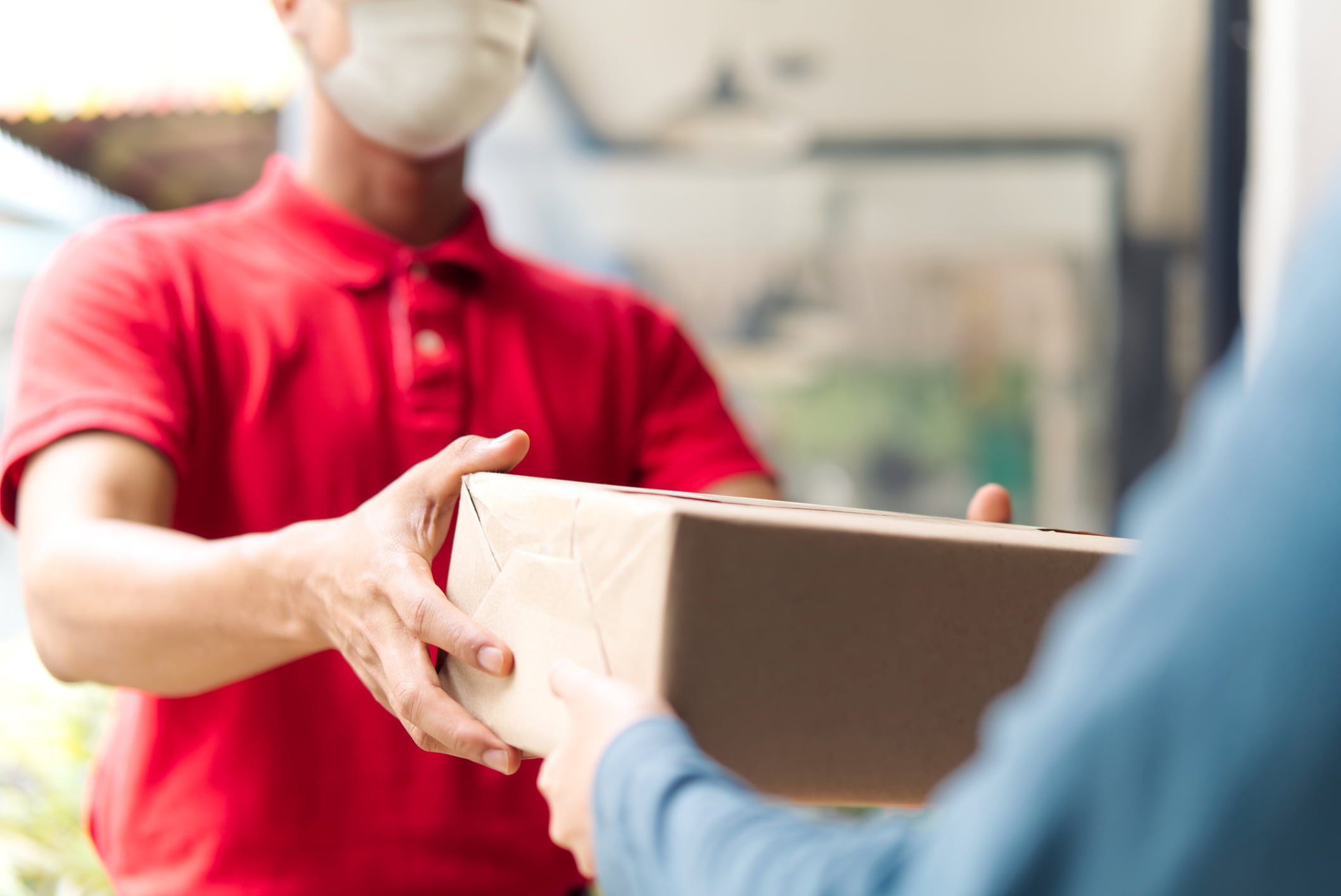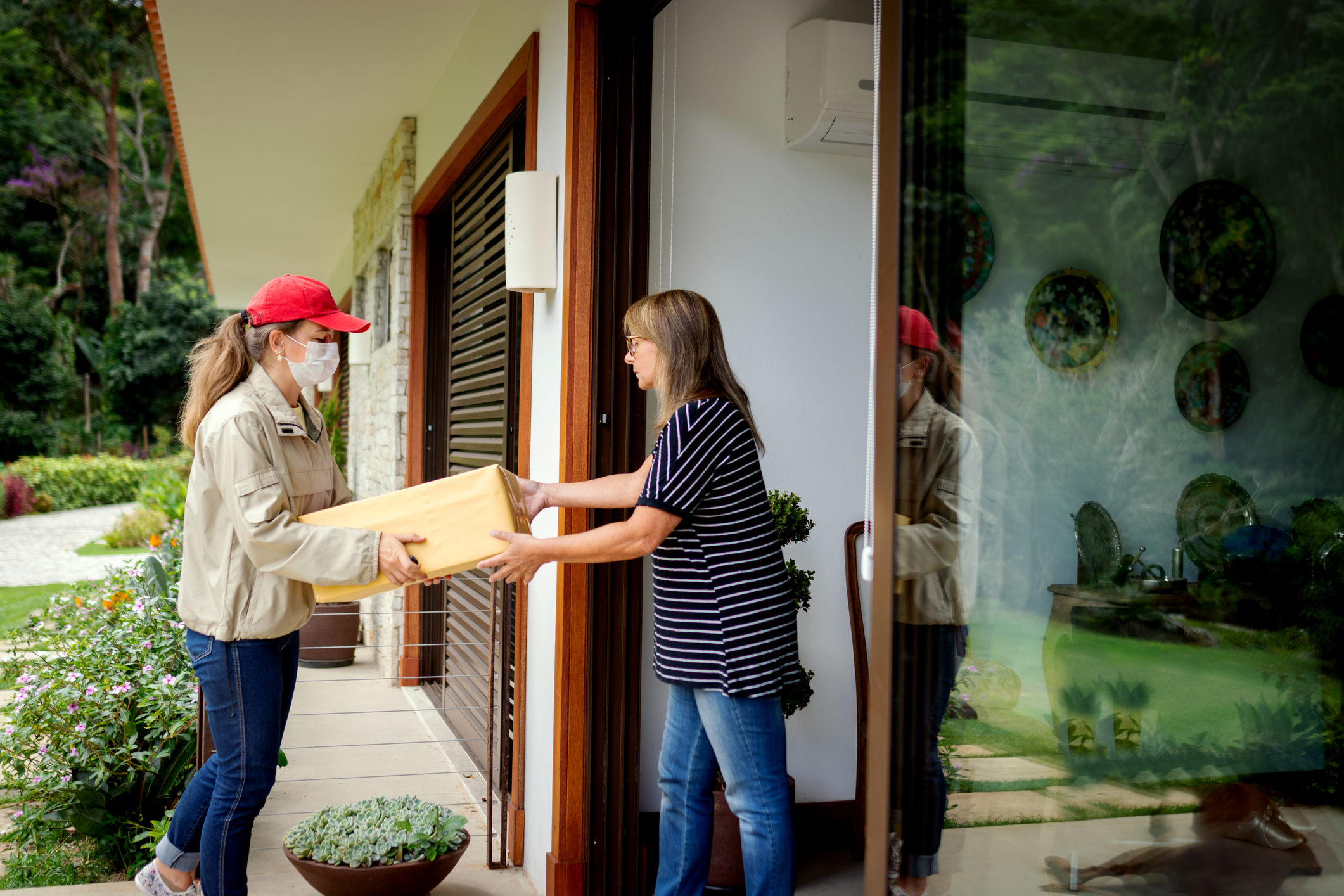The question is not as straightforward as it seems, as each product has its own carbon footprint as part of its creation or manufacture. Then, when we think about the movement of goods, there are separate elements to each journey. We need to take the journey of the product to our house from the retailer into account, as well as the retailer’s own logistics supply chain, which is not something most of us can account for.
The 2009 World Economic Forum Supply Chain Decarbonisation report estimates that 5.5% of global carbon emissions come from the logistics and transport sector – essentially from transporting products.
The speed goods are delivered matters – whether that’s from the manufacturer to a warehouse, or from there to your home. Typically, a slower delivery will emit less – a ship takes a lot longer to move your product than a plane, for example. Slower land deliveries also allow retailers to consolidate goods, and move more products at once. This means, if you can, it’s a good idea to avoid expedited deliveries.
However, some logistics companies claim that the speed of delivery doesn’t make much difference as they optimise their routes and further reduce emissions by investing in new technologies. Certainly faster deliveries will emit less carbon once more companies make the switch to zero-emitting fleets (of electric vehicles, bicycles or even drones).
The graph below shows the typical emissions for different modes of transport.


